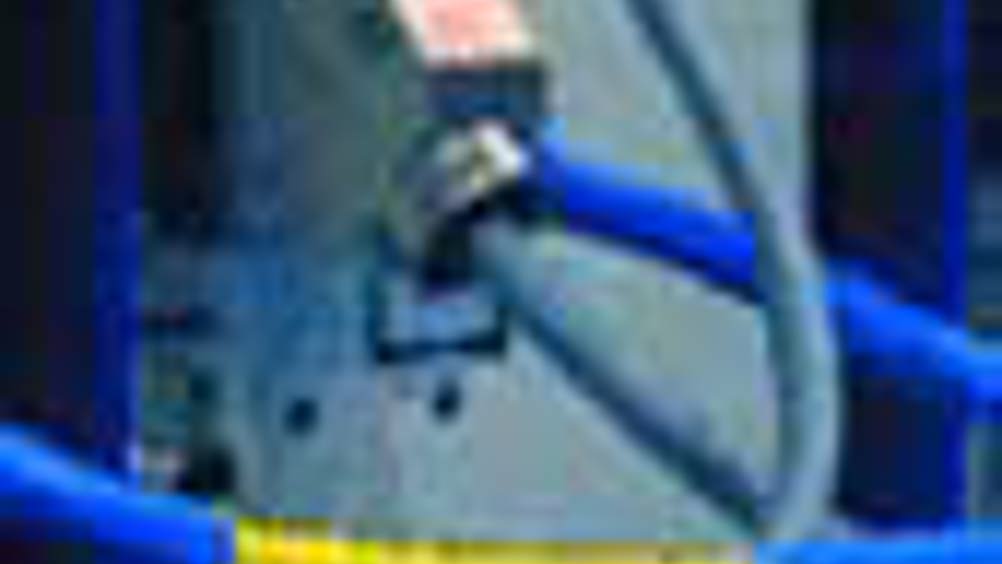Fast talk
The message from next month’s shows at the NEC is that the drive towards quicker and easier communication between intelligent components is on in earnest. Colin Carter reports.

Twenty years ago engineers checked individual fixtures by taking readings and making the necessary adjustments to ensure products came out ‘on spec’.
Now that machines have taken over much of the drudge of manufacturing and are offering cost-effective solutions in all areas, the major challenges are to build devices and plants that operate without large-scale human interaction, and making them and their components smarter by communicating better.
Of course, everyone has had their eyes on industrial fieldbus protocols, and the seemingly never-ending wrangling over an international standard that has still to properly materialise. with a few exceptions, the European market leader across many industries seems to be the Siemens-backed Profibus consortium.
Visitors to MTEC,
Register now to continue reading
Thanks for visiting The Engineer. You’ve now reached your monthly limit of premium content. Register for free to unlock unlimited access to all of our premium content, as well as the latest technology news, industry opinion and special reports.
Benefits of registering
-
In-depth insights and coverage of key emerging trends
-
Unrestricted access to special reports throughout the year
-
Daily technology news delivered straight to your inbox










BEAS funding available to help businesses cut energy costs
And not a moment too soon, if the following exchange broadcast last Friday 13th June, on the Radio 4 ´Rare Earth´ program (link below, ~ 17 minutes...